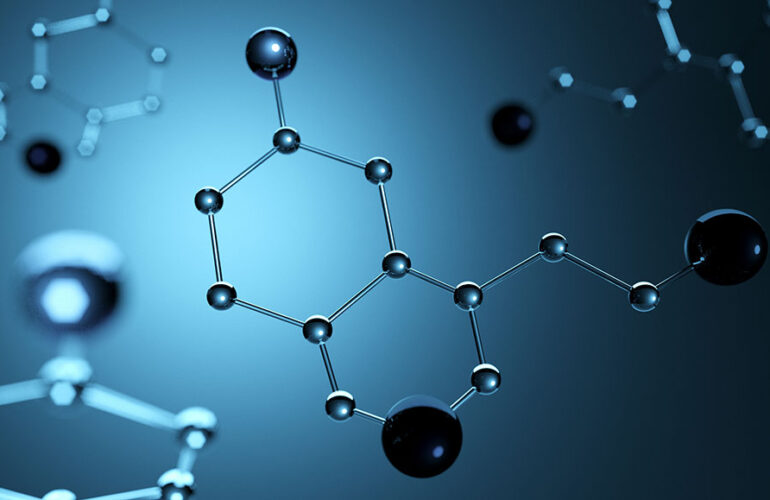The many health benefits of CBD have been explored and supported by countless researchers around the globe over the past two to three decades. Because of such investigations, it is known that CBD has anti-inflammatory, neuroprotectant, anxiolytic, antiemetic, and antioxidant properties among others, but how? In order to understand how CBD works in the body to achieve these results, an explanation involving over 65 bioavailable molecular targets is provided in this short article.
Molecular Cross-Talk
CBD works indirectly within the endocannabinoid system by unlocking various targets including receptors, ion channels, enzymes and transporters. In other words, CBD creates chatter or cross-talk with numerous molecules within (and outside of) the endocannabinoid system, thereby stimulating these targets to modulate biochemical reactions, or getting them fired up to do their work. In doing so, inflammation is reduced leading to pain reduction, better sleep is induced, and anxiety diminishes.
Molecular Targets and Their Role in Physical and Mental Health
According to much research, enzymes make up around 49% of the targets that cross-talk with CBD. Various transports make up another 20% and ion channels and receptors make up another 15% respectively, all of which interact with CBD in complex ways. Some conditions that appear to benefit from biochemical cross-talk with these targets include neurodegenerative disorders, pain, epilepsy, movement disorders, addiction, psychosis and anxiety. Following are a few molecular targets and their benefits when activated by CBD.
Adenosine Receptors and CBD
Adenosine receptors are one of many which interact with CBD and are responsible for regulating coronary blood flow and oxygen consumption in the heart and brain. Some studies show that CBD can exert antiarrhythmic, neuroprotectant and anti-inflammatory effects, making it appear to be heart- and brain-healthy.
Serotonin Receptors and CBD
Many studies have shown that CBD binds to 5-HT1a which can produce anxiolytic (anti-anxiety), antidepressant and mood stabilizing effects.
Peroxisome Proliferator-Activated Receptors (PPAR)y and CBD
What is sometimes called the glitazone receptor, PPARy is responsible for lipid storage, and glucose metabolism. It also exerts neuroprotective and anti-inflammatory effects and also maintains anti-cancer qualities.
TRPV1 (Transient Receptor Superfamily) Channel and CBD
The interaction or cross-talk between CBD and the TRPV1 channel has been studied for the anti-inflammatory and acute pain-reduction benefits.
Final Thoughts on Molecular Targets and CBD
Understanding the complex interplay between CBD, the endocannabinoid system and a multitude of bioavailable targets including enzymes, transporters, ion channels and receptors is difficult. A simple analogy may be helpful – CBD can be thought of as a key that unlocks a chemical cascade that maximizes the potential of each target to provide some physical or mental health benefit. Another way to grasp this process is to think of CBD molecules and various molecular targets all chatting together in an effort to bring balance and homeostasis to bodily systems and conditions.

